52 Weeks of Inspiring Illustrations, Week 23: Images of St Andrew
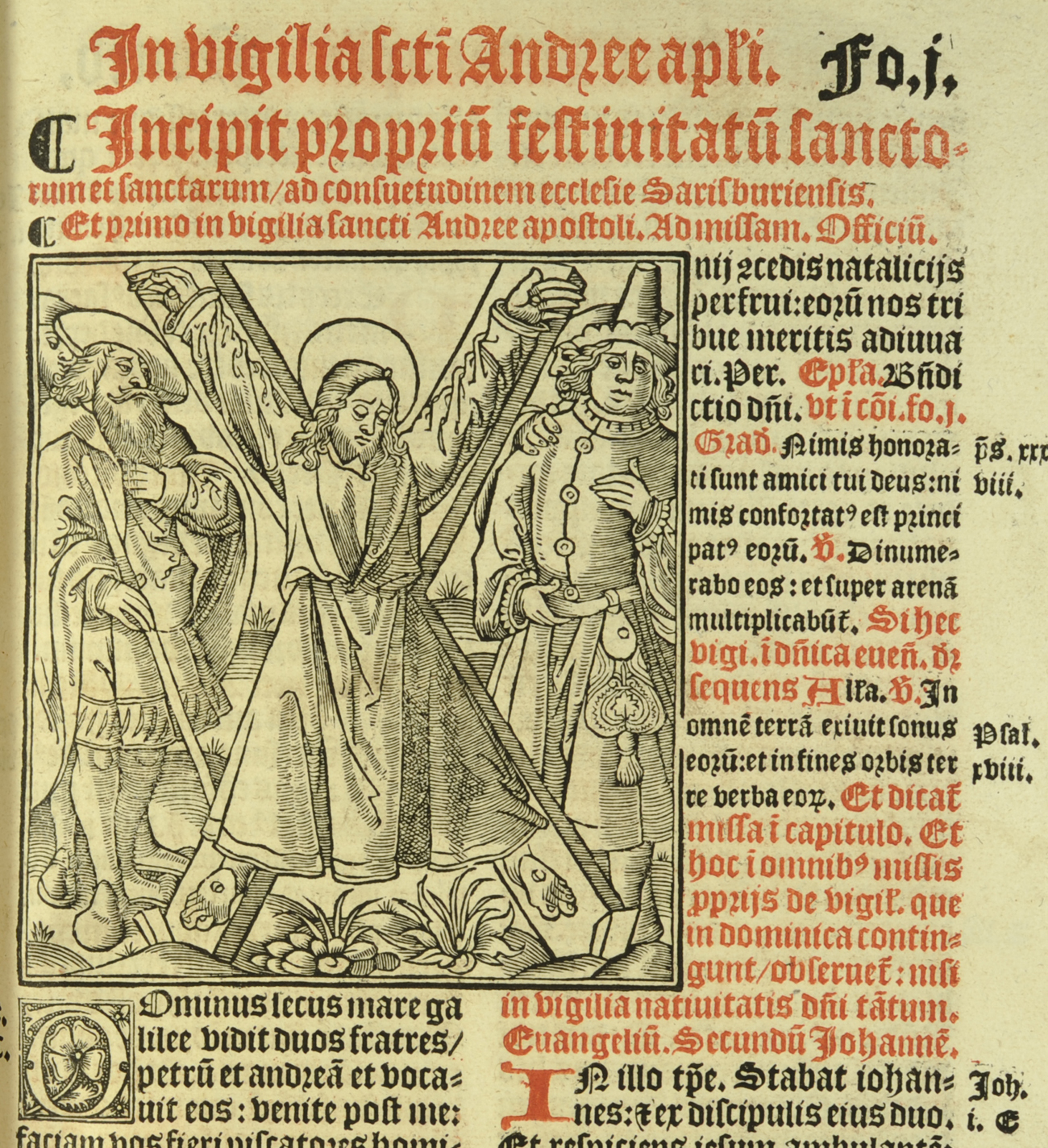
We couldn’t resist celebrating St Andrews day with some ‘inspiring illustrations’ of our eponym himself. The cult of St Andrew was actively pursued in Scotland by the 12th century: it was in the interests of the 12th and 13th century Scottish kings to encourage a cult which emphasised the distinctiveness of Scotland’s church (and therefore state) from England’s. The dedication of the senior church and bishopric of medieval Scotland to Andrew, therefore, makes him a regular subject of graphic illustration – instantly recognisable due to the unusual ‘decussate’ cross, or saltire, which characterises his imagery. (check out this great animated video from About Scotland on St Andrew and his relationship to Scotland)
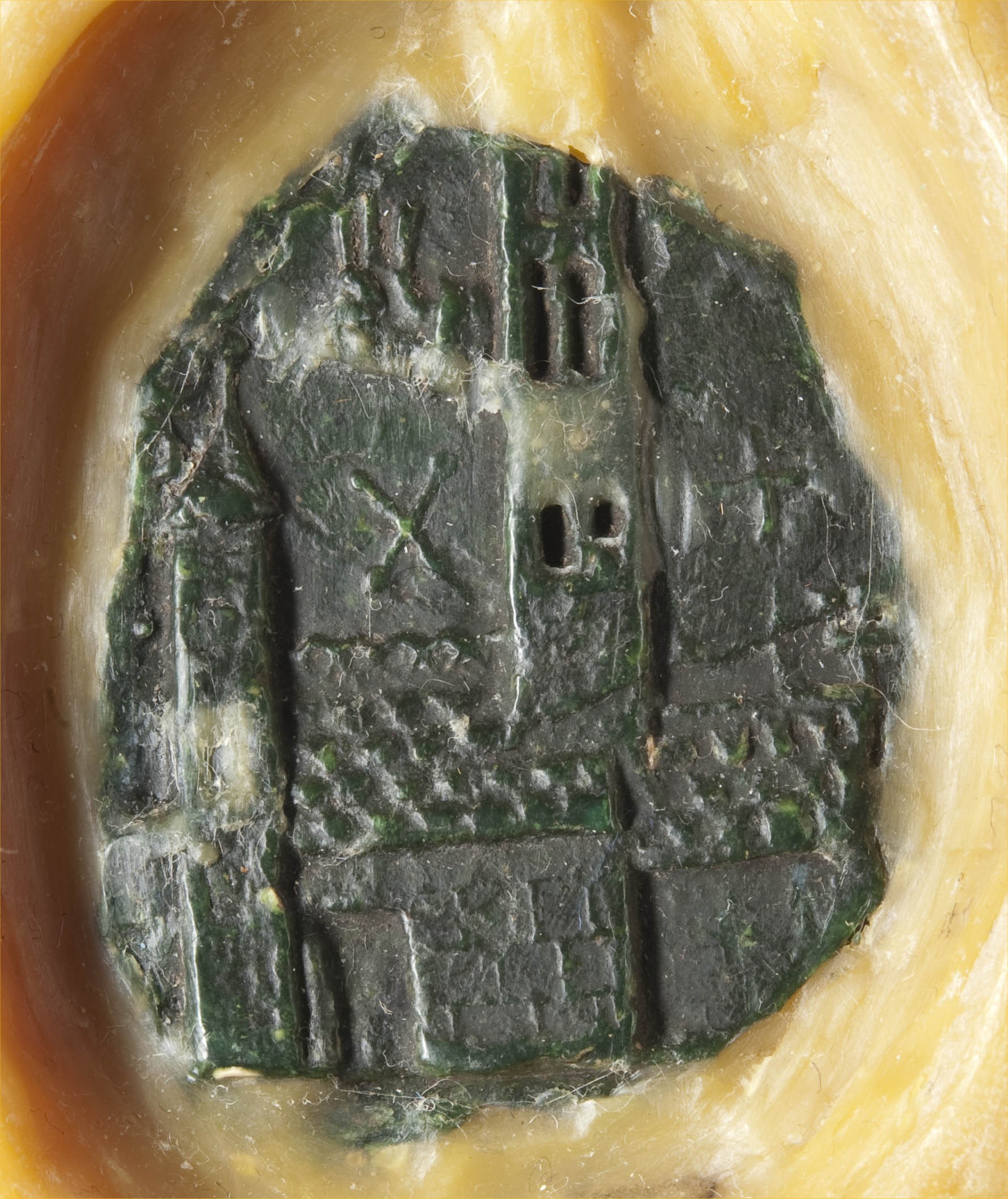
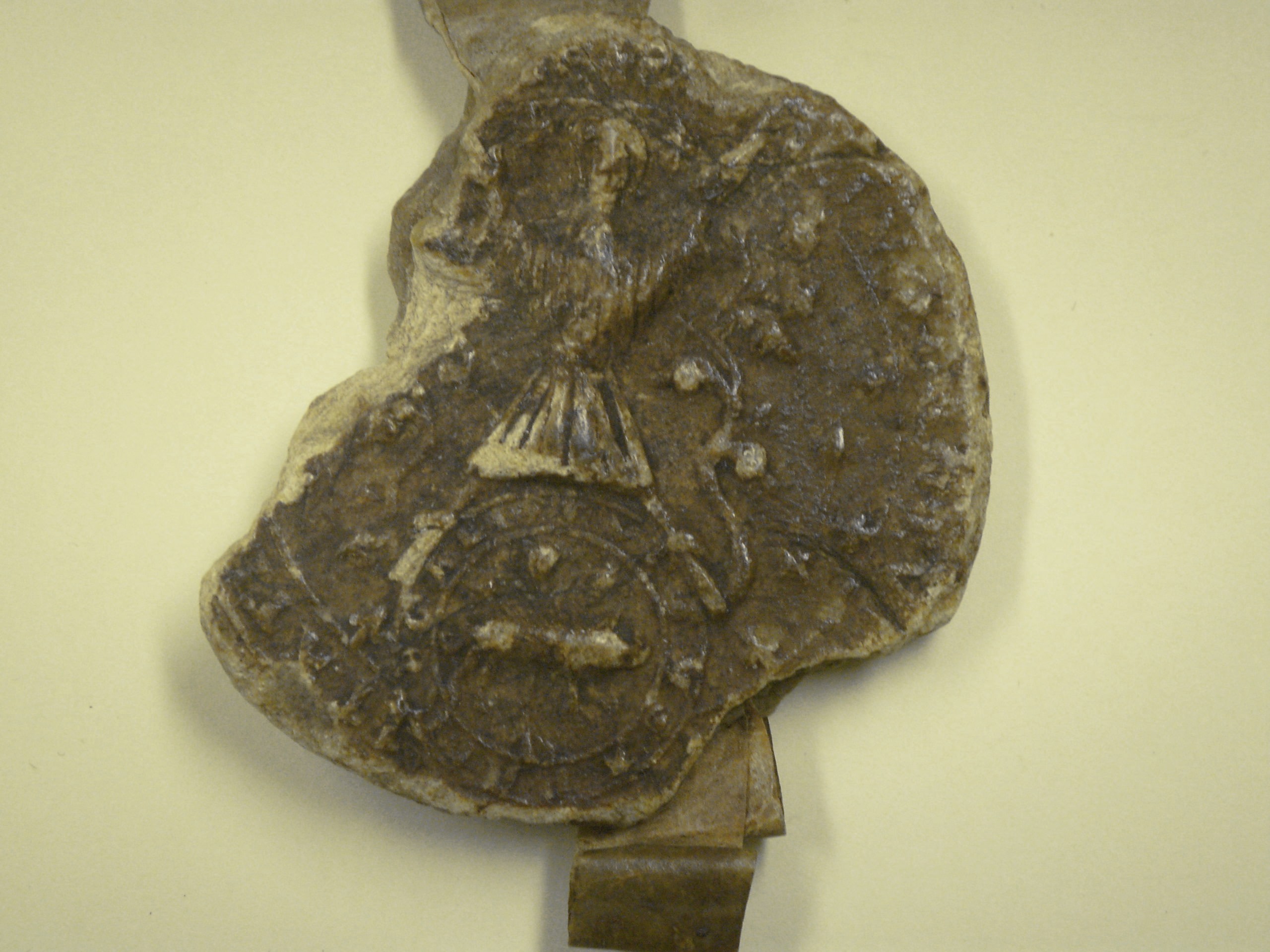
The earliest image associating St Andrew with this place is on the seal attached to a charter of land granted by Walter, Prior of St Andrews, circa 1190. It shows the Cathedral of St Andrews and St Rule’s tower flanked on one side by a ‘normal’ Christian cross, and on the other by a clear impression of the saltire – surely a reference to the dedication of the church to St Andrew. This is one of the very earliest pictorial associations of St Andrew with the symbolic saltire cross. Later, the Prior’s personal seals were similar to this, but also bore a counter-seal impressed on the back, which took the form of an image of Andrew on his cross. Both the Bishop of St Andrews and the secular authority of the town also used Andrew as a symbol of their positions.
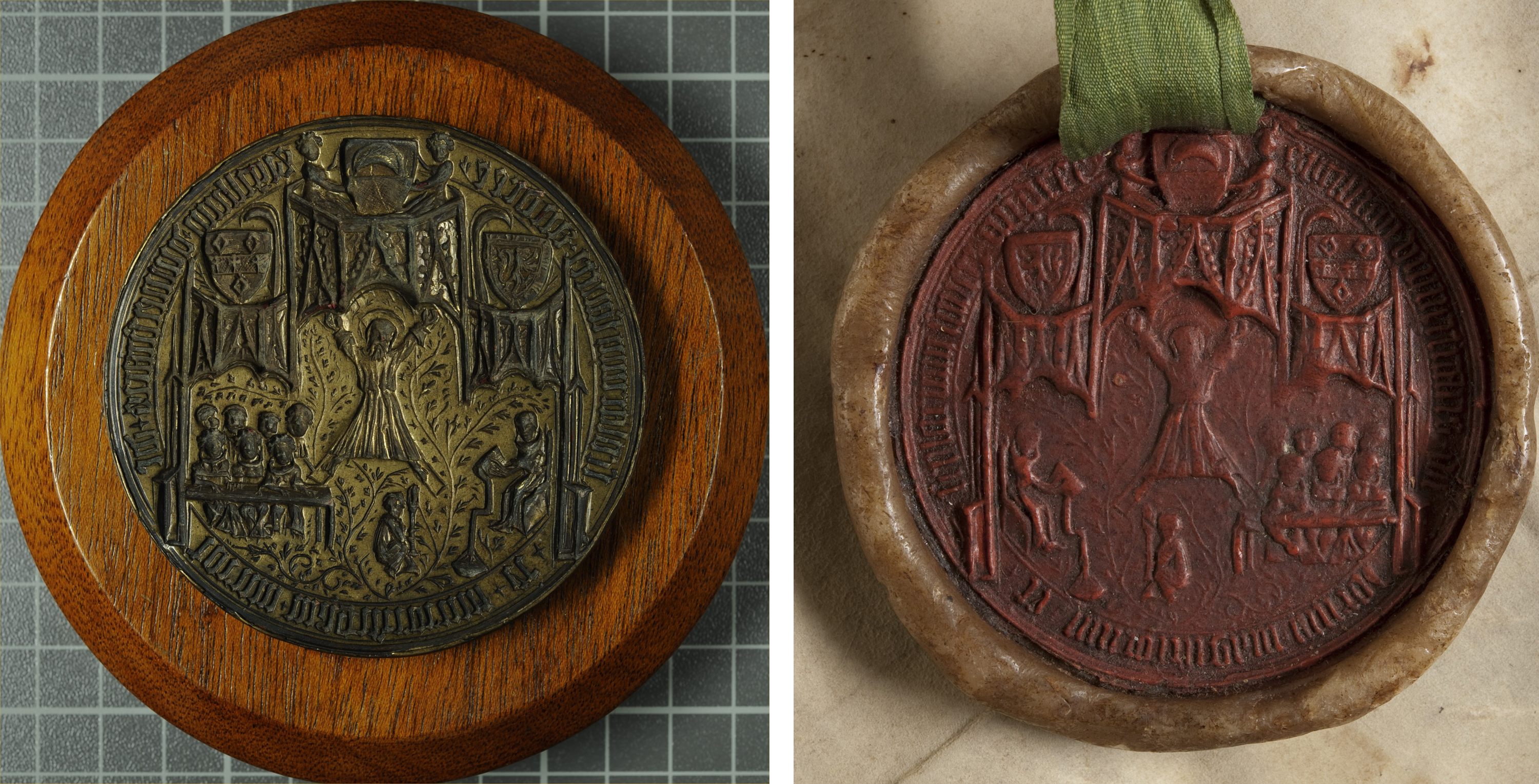
One of the more interesting depictions of St Andrew comes from the medieval seal of the University itself, on which Andrew on his cross stands over an academic scene. The seal symbolises the academic purpose of the institution, and over it watches Andrew, in a true sense its patron. This positioning of Andrew at the very heart of the University’s symbolism surely demonstrates the centrality of his position within the University and the nation in the early 15th century.
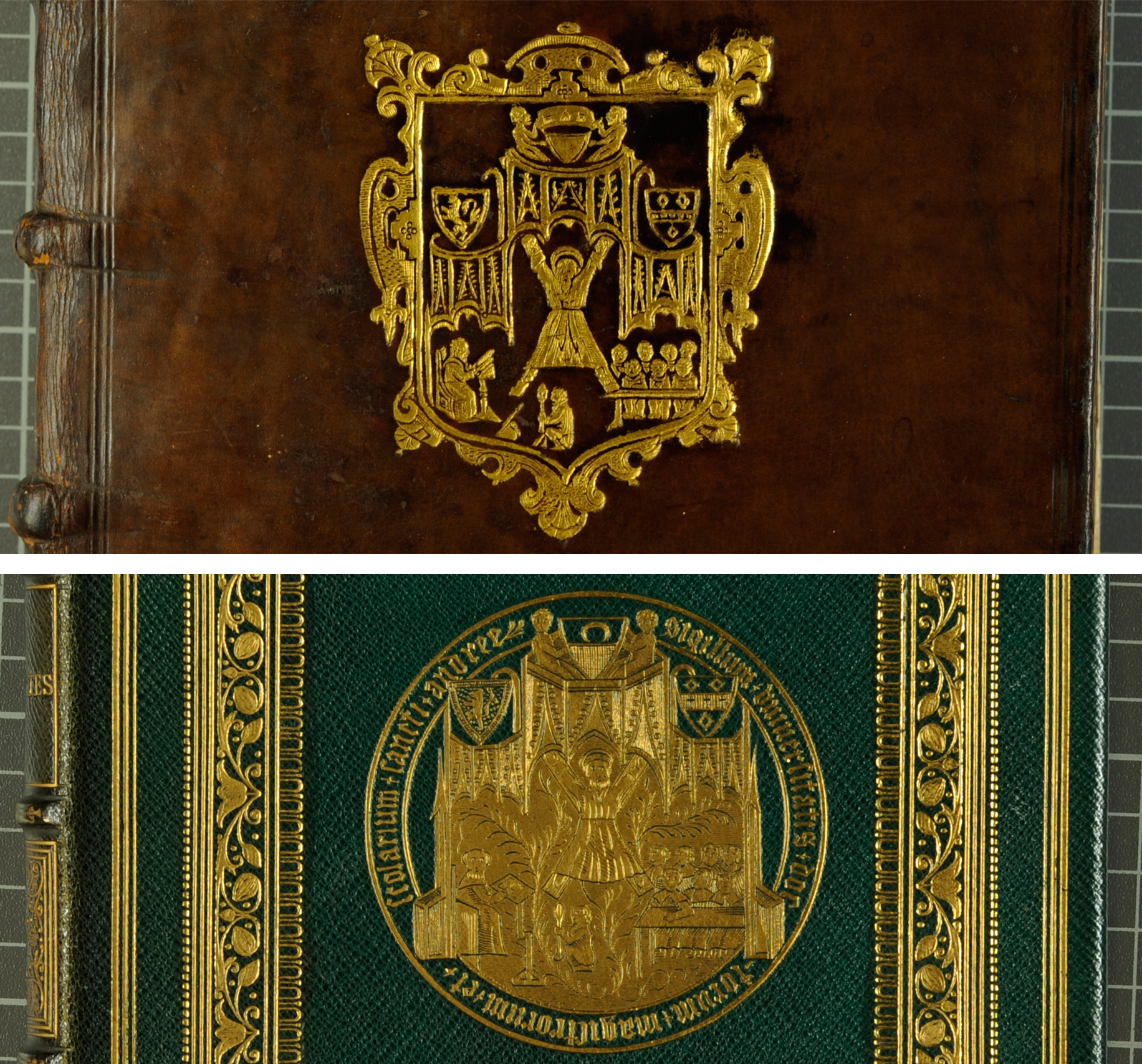
This seal was used as an institutional binding stamp used throughout the 18th century. It can be found on volumes throughout the Rare Book and Muniment Collections. The scene from this seal was reworked for a new 19th century institutional binding (above) which again can be found on books throughout our collections.
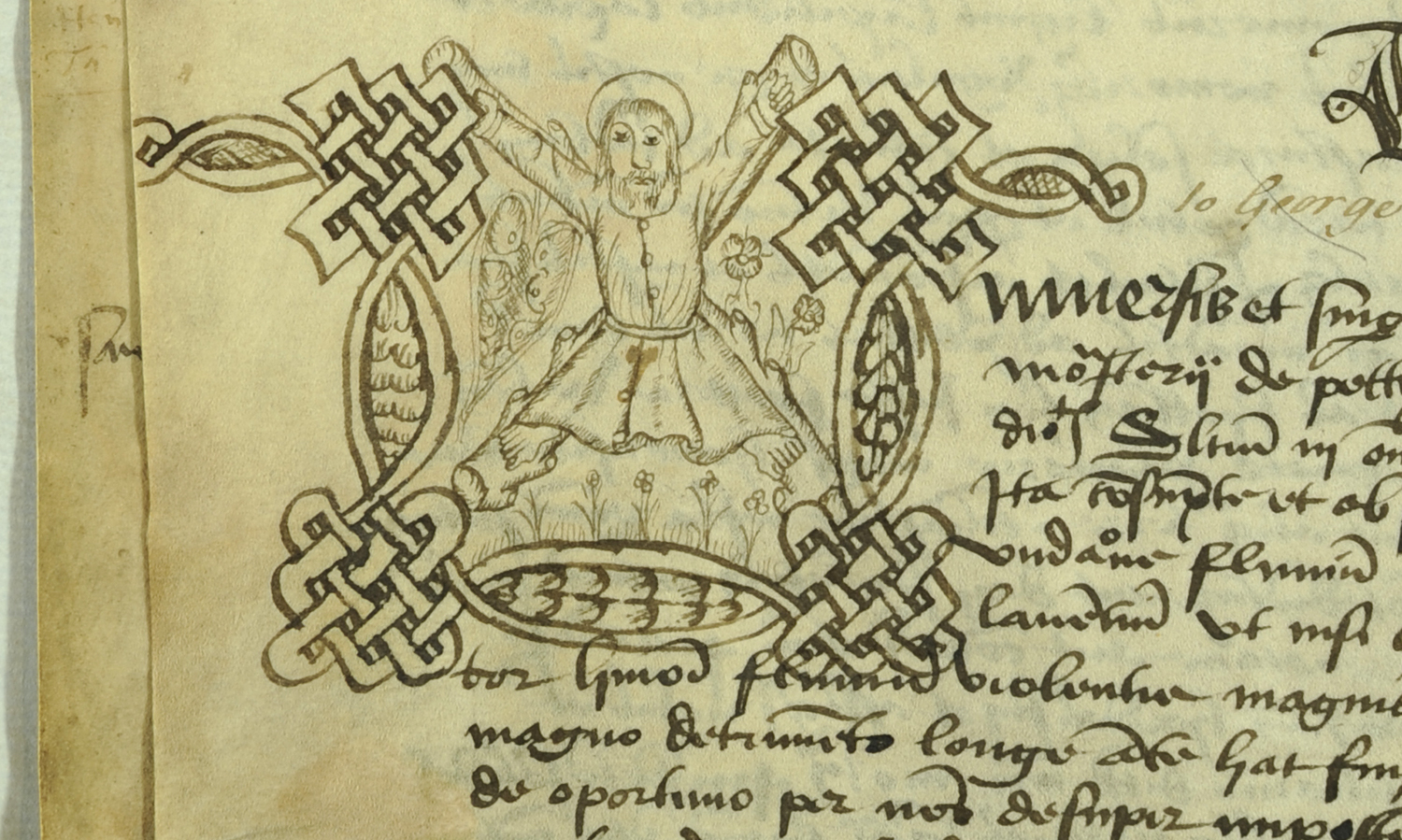
In the Library’s manuscript collections we have two further very striking images. In the 16th-century cartulary of the Priory of Pittenweem, one undated charter begins with a decorative initial ‘U’ which takes the form of a beautifully drawn image of Andrew (to whom the Priory was dedicated). This image is quite different in style, and much finer than the other decorated initials in the book, and may have been executed by a different scribe. (The eagle-eyed may notice that some subsequent, less devoted reader of the book – perhaps as a piece of iconoclasm at the time of the reformation – has embellished the saint with some gratuitous anatomical detail.)
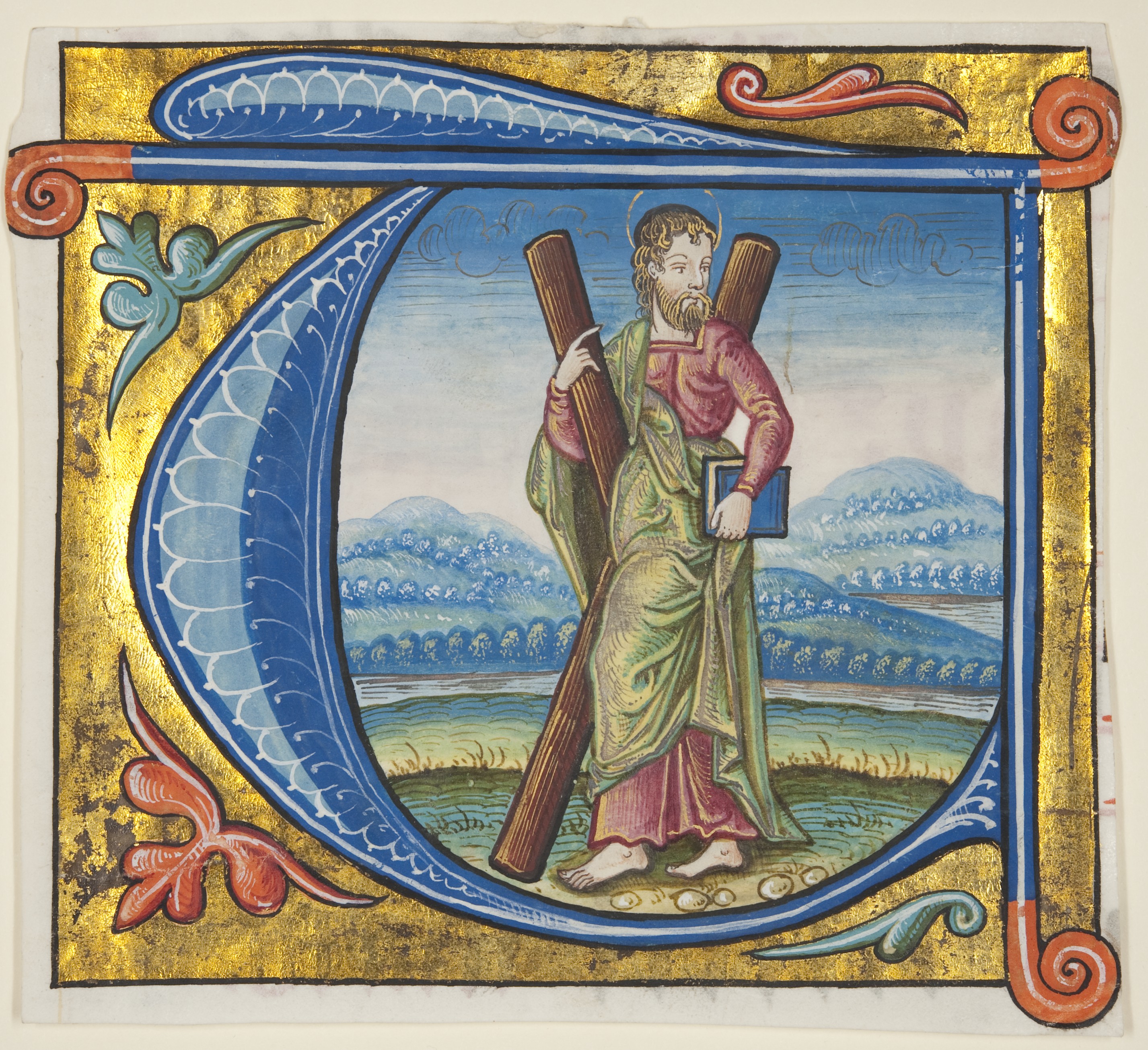
The jewel in our crown is a piece which we acquired in 2008. It is an illuminated initial letter, from a 15th century French missal. Stunningly drawn in rich colours, and laid with burnished gold, it depicts St Andrew, standing with his cross, holding a book.
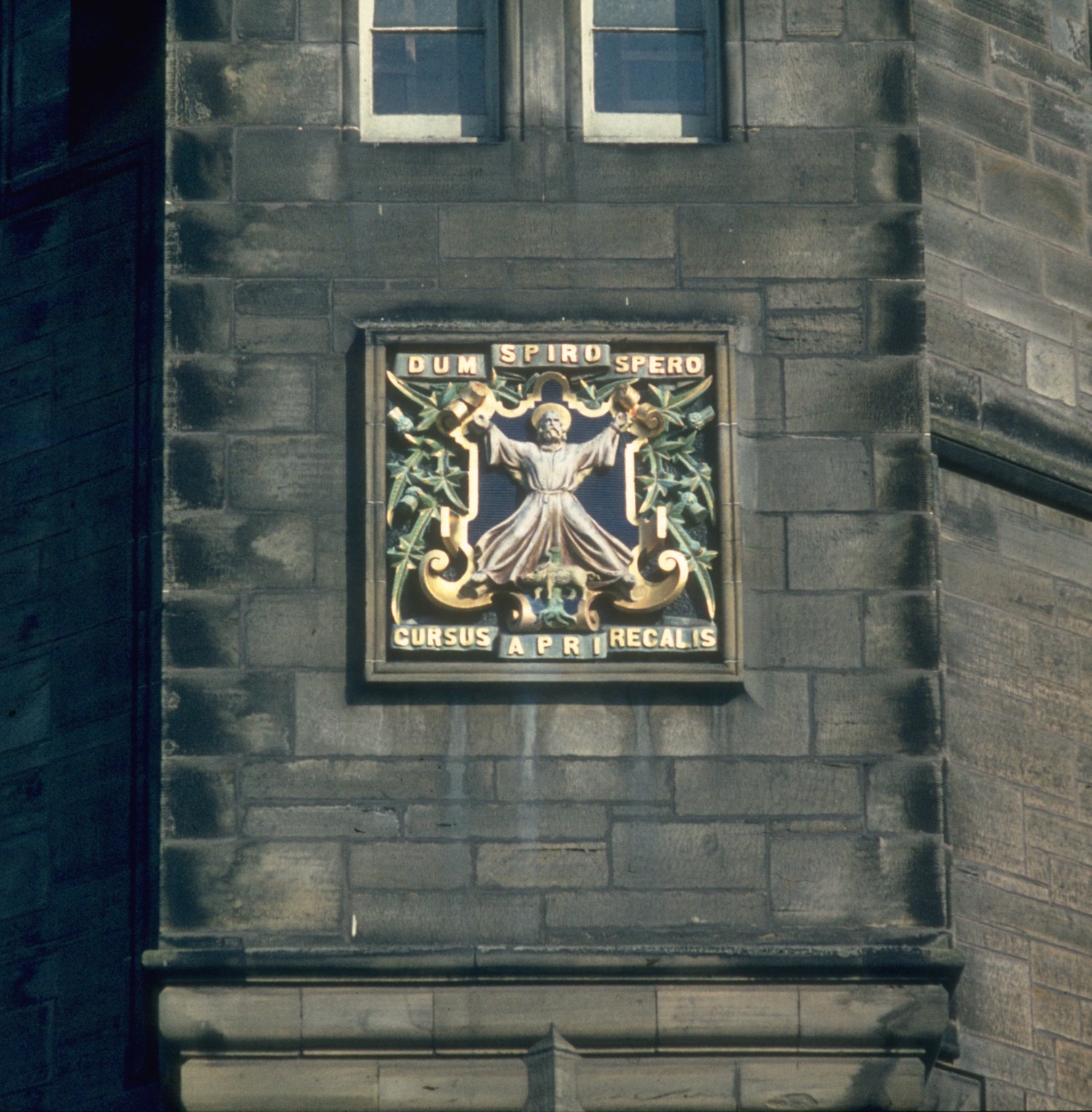
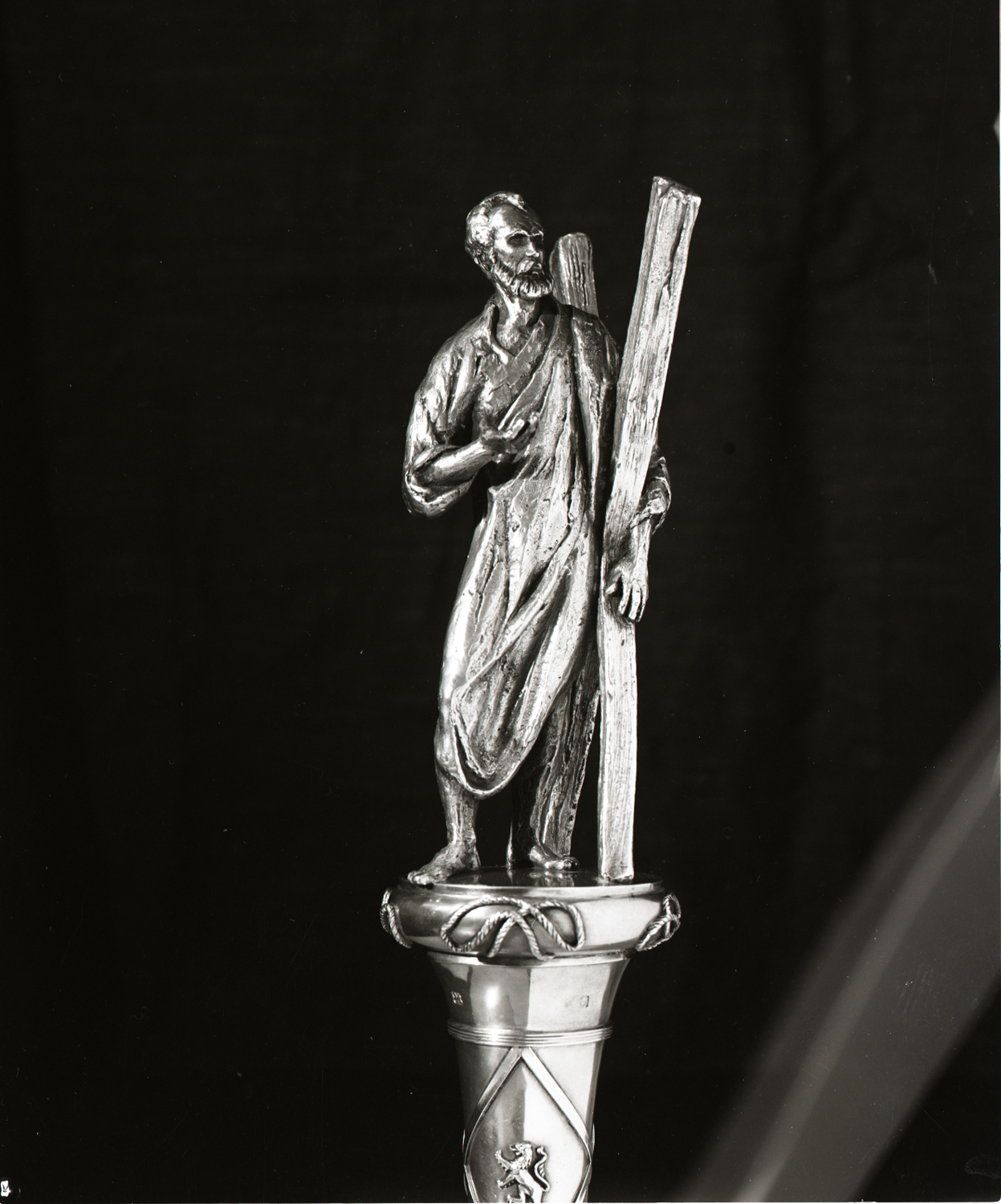
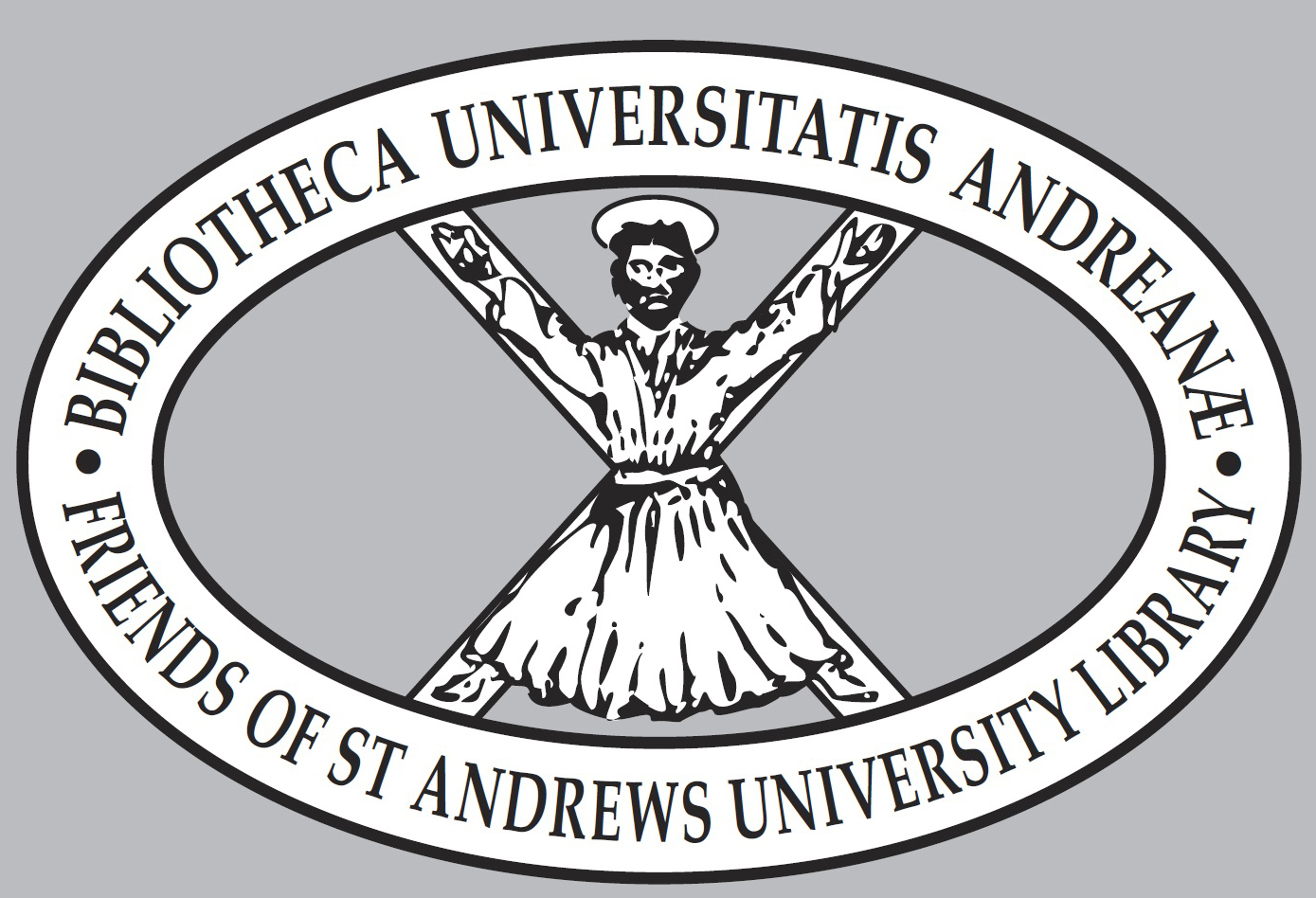
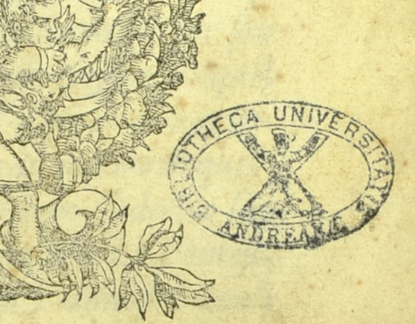 The use of Andrean imagery continues unabated – testimony, in modern terms, to the international strength of the ‘St Andrews brand’. We find it used on the Library’s 20th century bookstamps (right); it has been used recently within the Friends of the University Library logo (left); it takes its place as a ‘supporter’ within the University’s new Grant of Arms in 2006 (below); it appears embossed on the bindings of books; and of course it is ubiquitous within the town itself.
The use of Andrean imagery continues unabated – testimony, in modern terms, to the international strength of the ‘St Andrews brand’. We find it used on the Library’s 20th century bookstamps (right); it has been used recently within the Friends of the University Library logo (left); it takes its place as a ‘supporter’ within the University’s new Grant of Arms in 2006 (below); it appears embossed on the bindings of books; and of course it is ubiquitous within the town itself.
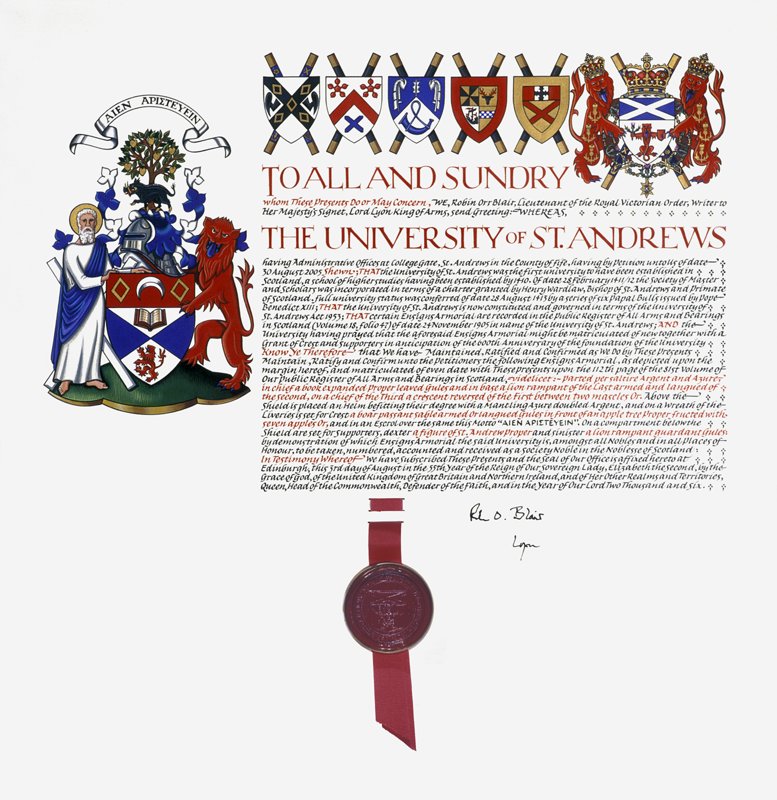
Whether or not we still understand the centuries-old significance of the association of the saint with the town, the University and the nation, it is nonetheless clear that the imagery still maintains an important place in our modern sense of identity.
–NR
with image contributions from the Manuscript, Muniment, Photographic and Rare Books Collections
[...] We couldn’t resist celebrating St Andrews day with some ‘inspiring illustrations’ of our eponym himself. [...]